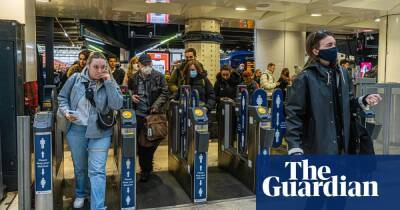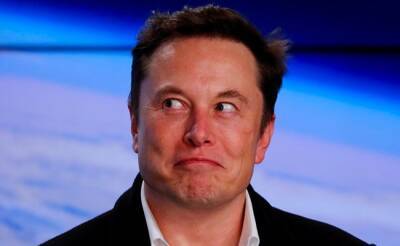How self-driving cars got stuck in the slow lane
“I would be shocked if we do not achieve full self-driving safer than a human this year,” said Tesla chief executive, Elon Musk, in January. For anyone who follows Musk’s commentary, this might sound familiar. In 2020, he promised autonomous cars the same year, saying: “There are no fundamental challenges.” In 2019, he promised Teslas would be able to drive themselves by 2020 – converting into a fleet of 1m “robotaxis”. He has made similar predictions every year going back to 2014.
From late 2020, Tesla expanded beta trials of its “Full Self-Driving” software (FSD) to about 60,000 Tesla owners, who must pass a safety test and pay $12,000 for the privilege. The customers will pilot the automated driver assistance technology, helping to refine it before a general release.
With the beta rollout, Tesla is following the playbook of software companies, “where the idea is you get people to iron out the kinks”, says Andrew Maynard, director of the Arizona State University risk innovation lab. “The difficulty being that when software crashes, you just reboot the computer. When a car crashes, it’s a little bit more serious.”
Placing fledgling technology into untrained testers’ hands is an unorthodox approach for the autonomous vehicle (AV) industry. Other companies, such as Alphabet-owned Waymo, General Motors-backed Cruise and AV startup Aurora, use safety operators to test technology on predetermined routes. While the move has bolstered Tesla’s populist credentials with fans, it has proved reputationally risky. Since putting its tech into the hands of the people, a stream of videos documenting reckless-looking FSD behaviour has racked up numerous views online.
There’s the video of a car in FSD mode veering sharply into oncoming
Read more on theguardian.com


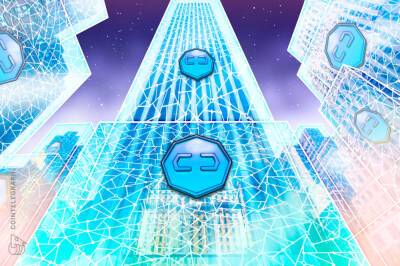
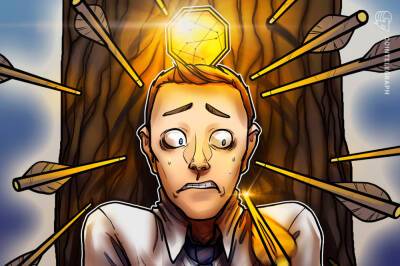
![Tron’s [TRX] latest rejection might have the following implications - ambcrypto.com](https://finance-news.co/storage/thumbs_400/img/2022/4/27/23249_wqk4.jpg)
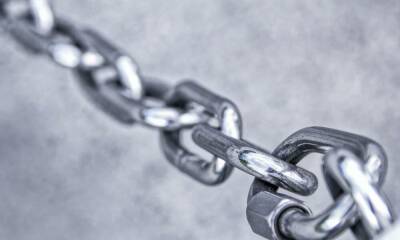
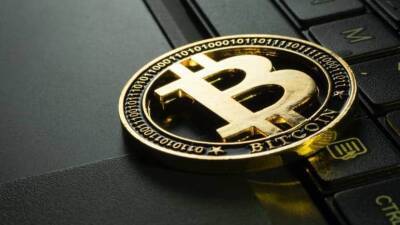


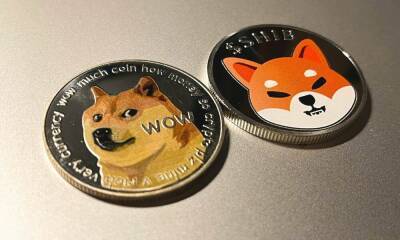
![Bitcoin Cash [BCH]: The how of where a profitable rebound is possible - ambcrypto.com](https://finance-news.co/storage/thumbs_400/img/2022/4/27/23239_ltrv.jpg)

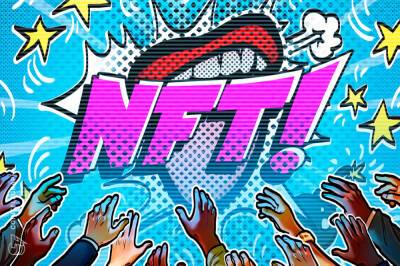
![How Avalanche [AVAX] investors should navigate this price range - ambcrypto.com](https://finance-news.co/storage/thumbs_400/img/2022/4/27/23235_8nk8.jpg)

